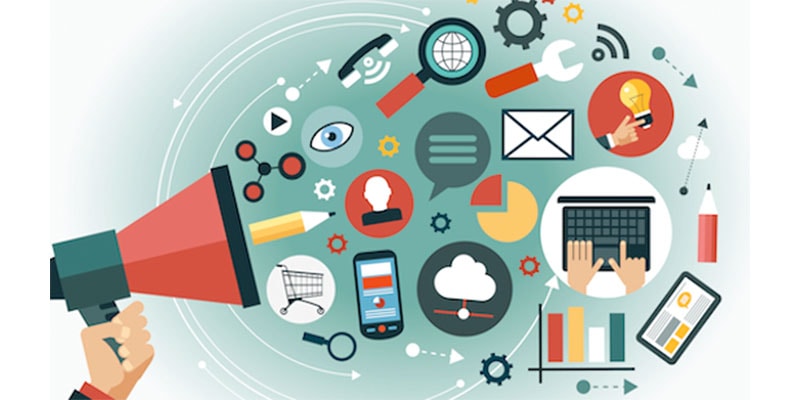
Experiential marketing (brand messaging that a consumer can touch, view, or otherwise feel within a physical space-i.e., an experience) is unlike any other form of marketing: No social media post, email attachment, mailer, or television advertisement can inspire, evoke emotion, and generate brand loyalty as much via a single experience.
But marketers have historically shied away from integrating experiential campaigns with their marketing strategy. Why? Because until recently, demonstrating impact was difficult to impossible.
Within the past few years, technological innovation has helped marketers bridge the gap from qualitative effects to quantitative results. Today, online surveys, social media, and apps enable marketers to show more than customers' having fun; they let marketers show results.
Measuring Your Experiential Campaign
Experiential marketing is not only about grabbing new social media followers and surpassing sales benchmarks, it's about capturing data to help you become acquainted with your audience.
If you've written off experiential marketing as too difficult, too time-consuming, or immeasurable, think again.
Here are four benchmarks by which to measure your experiential marketing efforts.
1. Direct Brand-to-Consumer Engagements
It's usually easy to count the number of people who see, touch, taste, or smell your brand's product in a physical location.
The number of physical impressions will vary greatly from campaign to campaign. For instance, Time Warner counted 25,000 customers at its Super Bowl 2014 tour that gave participants a look at the "inside" of a cable box. Those 25,000 direct impressions yielded 455 publication placements and nearly 1.5 billion online impressions.
Brand-to-consumer engagement is best measured through onsite activations. When working with a consumer packaged goods client who was investing heavily in NASCAR and driver sponsorships, we discovered that nearly 90% of the audience already identified with the brand. That insight allowed the client to scale back its sponsorship investments and focus on recruiting new customers.
2. Social Media Impressions Generated After (and During) the Campaign
People love to talk via social media about their experiences at an event, and 92% of consumers say they trust word-of-mouth when making purchase decisions. And so, if you're lucky, your brand might even grab additional social reach through attendants' blog posts or news clippings. Thanks to platforms like Radian6 and Sprout Social, these can be quantified and measured on the basis of brand sentiment and social reach.
Delta Air Lines created a viral event with an interactive exhibit called Stillness in Motion. The brand invited customers to experience what it's like to be entirely still. Designed to enhance productivity at work, the installation pulsed with light and used calming sounds to lower participants' heart rates. After the event was over, an incredible 95% of participants tweeted about the event to their followers.
Although raw tweets and Facebook posts are important to measure, don't neglect insights from user comments. We recently worked with a whiskey brand to present a series of curated tasting events. Based on social media engagement, customer impact and response to the brand exceeded our expectations. However, the most interesting insight came from social media comments that the gentler flavor profile of the product was surprisingly hard to palate for an audience of stiff-drinking whiskey consumers.
3. Number of New Users
For a brand to succeed, it must be able to bring in new users. Loyalty is wonderful, but where experiential marketing shines is in its ability to surprise and delight people who hadn't previously considered your brand.
In one particular marketing effort, we designed a college and NFL tailgate program. Through exit surveys, we discovered the event reached 60% of new users for the brand. Dozens of others were former brand supporters who had stopped buying. Gather data immediately after events so you can tie impact directly to the event.
4. Sales Figures
Awareness on social media is great, and every brand wants new users. But the true hallmark of a successful experiential marketing campaign is an event that drives sales.
Red Bull's Stratos mission is experiential marketing gold. One YouTube video of Felix Baumgartner's Red Bull jump has topped 39 million views, and countless other videos of the jump exist. Research firm IRI found the Red Bull's US sales increased 7%, to $1.6 billion, in the six months after the campaign.
If you're confident that your event will be a hit, then consider selling tickets for the event beforehand. Doing so provides easily quantifiable sales figures, and it guards against no-shows.
Pop-up dining events are a perfect illustration of how experiential marketing can boost revenue numbers with presale tickets. Pop-up dining events, which in 2014 increased 47% compared with the previous year, excel because consumers crave the food and the experience. In fact, 50% of diners say they'd be willing to pay more for a pop-up event with the exact menu as a regular restaurant.
